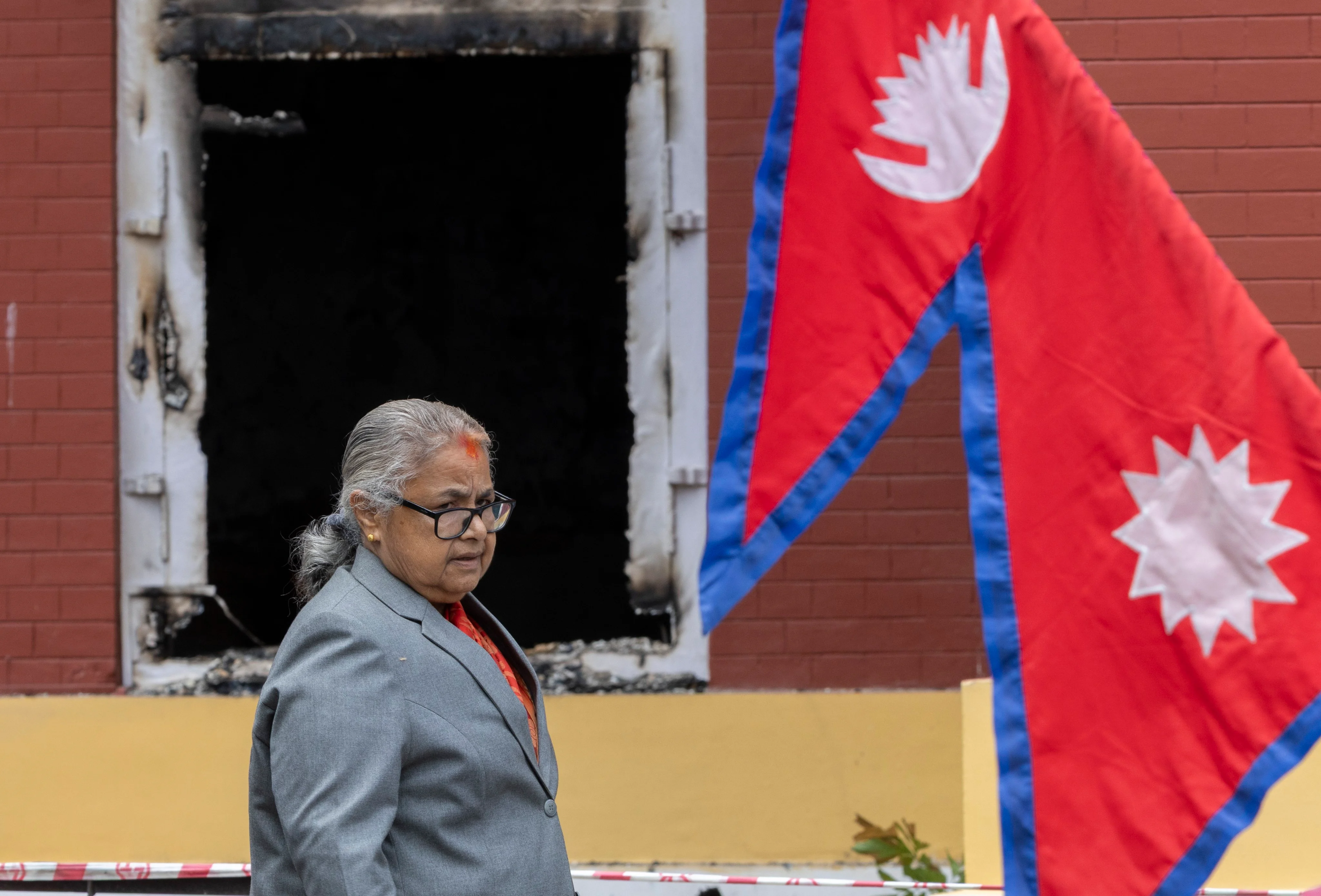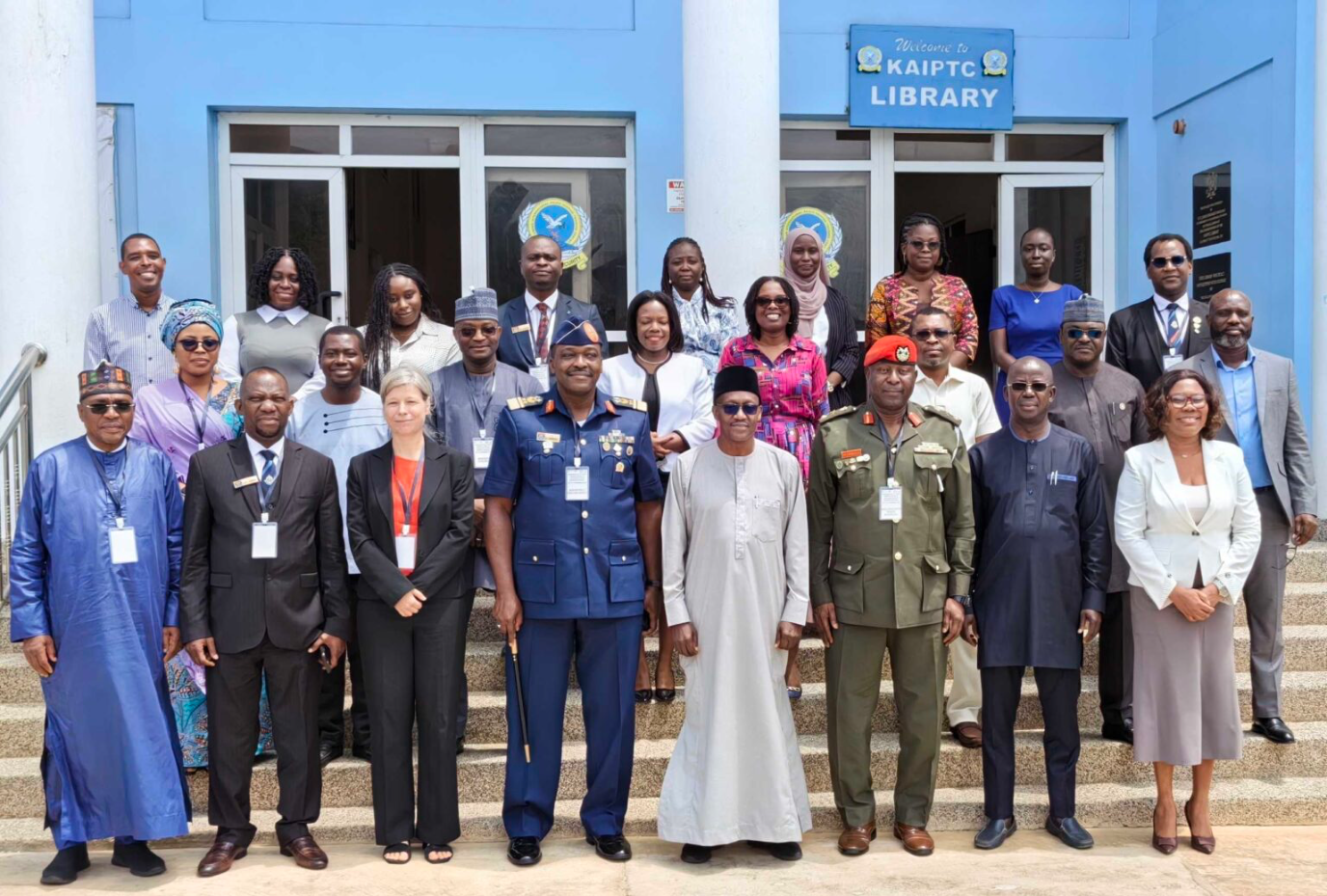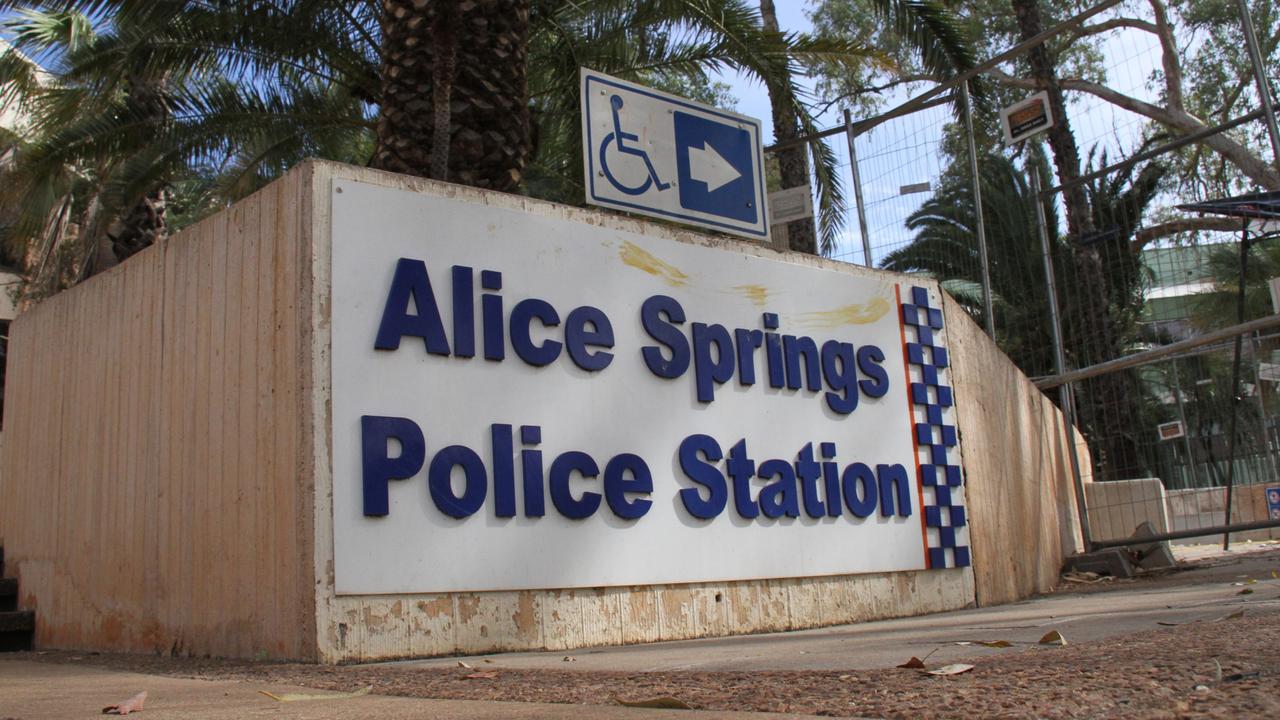By Maria Siow
Copyright scmp

India can seize an opportunity to reset its ties with Nepal and strengthen regional stability following the leadership shake-up in Kathmandu sparked by the Gen Z-led protests, according to analysts.
But they warn that any such move by India must avoid triggering perceptions of “big brother” interference – a legacy of its past interventions in South Asia that have pushed Nepal and Bangladesh closer to China.
The recent unrest in Nepal led to the resignation of prime minister K.P. Sharma Oli last week. Former chief justice Sushila Karki was sworn in as interim leader on Friday, shortly before President Ramchandra Paudel dissolved parliament. A general election has been scheduled for March, according to a statement from the presidential office in Kathmandu.
Clashes between the protesters, who were demanding accountability and transparency from Nepal’s government, and security forces led to at least 72 people dead and more than 1,300 injured.
Indian Prime Minister Narendra Modi was quick to respond to the change in Nepal’s leadership, congratulating Karki and expressing hopes for the country’s return to stability.
“India is fully committed to the peace, progress and prosperity of Nepal’s brothers and sisters,” he wrote in a post on social media.
DB Subedi, a lecturer at The University of Queensland’s School of Political Science and International Studies, said a stable neighbourhood was in the interest of India’s national security.
Any instability in Nepal is a major concern for India due to the open and porous border separating the two countries, according to Subedi.
“This unrest also presents an opportunity for India to step up and engage with the neighbouring countries, acting as a responsible rising power,” he said.
Pointing to New Delhi’s growing tensions with Islamabad and Dhaka, Subedi said there were some perceptions in South Asia of India being a “big brother” or a “regional hegemon”. He added: “India’s diplomacy in this crisis situation [in Nepal] must not exacerbate that perception.”
In April, an attack near Pahalgam in India’s Jammu and Kashmir left 25 Indians dead, with India blaming Pakistan for the attack, a charge that Islamabad denied.
India then launched air strikes inside Pakistan, prompting Islamabad to retaliate by firing missiles at its rival in what was seen as the worst military confrontation between the two countries in decades.
Ties between Delhi and Dhaka have remained strained since the Awami League government in Bangladesh was ousted and pro-India former prime minister Sheikh Hasina fled to India last year.
Bangladesh has repeatedly called for Hasina, who remains in India, to be extradited to face accusations of human rights violations, including extrajudicial killings and enforced disappearances during her rule.
Meanwhile, Bangladesh has drawn closer to China, following the visit of Muhammad Yunus, the head of Bangladesh’s interim government, to Beijing in March. During his visit, both countries signed economic and technological agreements, with Bangladesh securing commitments totalling US$2.1 billion in investments, loans and grants from China.
In April, Indian media reported that China could build an airfield in Bangladesh’s Lalmonirhat district along India’s eastern border, near a corridor known as the Chicken’s Neck.
Omkar Bhole, senior research associate at the Organisation for Research on China and Asia think tank, said that the trigger for the Gen Z protests in Nepal was rampant corruption and unemployment. These issues arose due to a lack of strong democratic institutions and rules in the country, Bhole said.
“India must focus on offering assistance to strengthen these institutions, which may resonate with common people in these countries and help India maintain its positive perception in the long run.”
Given its tech prowess, India can also help Nepal in the areas of digital payments and e-commerce, according to analysts.
Modi’s message for the new Nepali government comes as Beijing is also reaching out to Kathmandu.
On Sunday, the Chinese foreign ministry congratulated Karki on being sworn in as interim prime minister, saying Beijing “respects the development path chosen independently by the people of Nepal” and that it was ready to work with Nepal in various fields and bolster their bilateral ties.
Political instability in South Asia had allowed China to “expand its presence, often at the expense of India’s interests”, Bhole said.
Citing the example of Bangladesh, the tilt by the interim government in Dhaka towards Beijing has caused concerns for India, particularly its northeast region, according to Bhole. He noted that China had been invited to invest in the expansion of Mongla port in southwestern Bangladesh and a flood control project in the Teesta River.
While Nepal has also been targeting Chinese investments, environmental concerns and other issues are slowing progress for projects under the Belt and Road Initiative, according to Bohle. These include a proposed railway line to connect Jilong in Tibet with Kathmandu.
Subedi noted that India had become anxious about Nepal leaning towards China in recent years after relations between Delhi and Kathmandu began to nosedive in 2015.
From September of that year, India imposed an unofficial blockade for more than four months on Nepal due to Delhi’s concerns that the Madheshi people were being marginalised in the new constitution passed by Kathmandu. The blockade hit Nepal’s economy hard and severely curtailed humanitarian help for the country following its devastating April 2015 earthquake.
During Oli’s first term as prime minister, he made a state visit to China in March 2016, when both sides signed several agreements that were aimed at reducing Nepal’s economic reliance on India.
The signing of a memorandum of understanding between Nepal and China pertaining to the belt and road projects in the South Asian country in 2017 further fuelled India’s concerns about Beijing making inroads in the region, Subedi said.
Given Nepal’s significance in the regional rivalry between India and China and its strategic location, Delhi should calibrate its foreign policy towards Kathmandu carefully, analysts said.
“In this current crisis and unrest, India’s best option would be to pursue constructive and consistent diplomacy with Nepal, rather than punitive and reactive responses seen in the recent past,” Subedi said.
Shivam Shekhawat, a junior fellow at the Observer Research Foundation think tank whose research focuses primarily on India’s neighbourhood, said Delhi should continue its emphasis on economic and connectivity cooperation with Nepal.
“[India should] continue pursuing the partnership based on development cooperation,” she said.
With Nepal currently undergoing a major transformation, there were concerns about the interim government’s ability to stabilise the situation and ensure free and fair elections, Shekhawat noted.
How the interim government would respond to protesters’ demands remained to be seen, she added.



